Obesity is a major health issue of dogs and cats, and the prevalence of obesity is rising rapidly. Obese animals have a large amount of white adipose tissue, or fat. High levels of white adipose tissue can degrade health and well-being either through mechanical stress to the body (due to the increased weight of the extra tissue) or through other mechanisms associated with alterations to the endocrine (hormonal) system of the body. Two of the most common ailments associated with obesity are osteoarthritis and diabetes mellitus.
A recent study analyzed veterinary records for 50,787 neutered dogs from 1994 to 20151. The data included 12 different breeds, representing the major size classes of dogs:
- American Cocker Spaniel
- Beagle
- Boxer
- Chihuahua
- Dachshund
- German Shepherd
- Golden Retriever
- Labrador Retriever
- Pit Bull Terrier type
- Pomeranian
- Shih Tzu
- Yorkshire Terrier
This retrospective study found that dogs classified as “overweight” had a shorter life span than dogs that were classified as having a “normal” body condition. The relationship between longevity and obesity varied among breeds. The decrease in life span due to obesity ranged from 5 months for German Shepherds to 2 years 6 months for Yorkshire Terriers. This supports a previous study on Labrador Retrievers that found almost a 2-year increase in life span in lean dogs relative to an overweight group2. The overweight group also required medication for chronic health problems up to 3 years earlier than the leaner dogs.
Clearly, as pet owners, we need to take steps to ensure that our pets maintain a healthy weight. It is important to objectively monitor your pet’s weight on a regular basis. Your veterinarian will be a great resource to learn about the Body Condition Score (BCS) and how to apply it to your dog or cat. This score system ranges from “emaciated” to “severely obese” and is assessed by the shape of your pet when viewed from above, as well as how easy it is to feel their ribs. This is an easy assessment to implement into the regular interactions you have with your cat or dog.

DOG BCS https://www.wsava.org/WSAVA/media/Arpita-and-Emma-editorial/Body-Condition-Score-Dog.pdf
If the body score assessment indicates that your pet is overweight, then either calories will need to be restricted, exercise will need to increase, or both. The basic premise for controlling weight is that caloric intake must be balanced with appropriate levels of exercise. The challenge is to find a balance between preventing hunger and promoting good heath, and this challenge is complicated with food-motivated breeds such as Labrador Retrievers, or for pet-parent relationships that are strongly focused around food.

CAT BCS https://www.wsava.org/WSAVA/media/PDF_old/Body-condition-score-chart-cats.pdf
If your pet needs to lose weight, finding ways of interacting with your pets that do not involve food, such as playing or teaching them new tricks, can reduce food intake. For pets that love to eat, the act of eating can be made more challenging by using maze feed bowls. It is important to remember that not only the quantity but also the frequency of food received may need to be adjusted. Weight gain may also be prevented by being proactive after neutering your pet and reducing their food ration by up to 30%. Increasing the amount of exercise your pet gets will also be very beneficial, and these benefits will extend to you as well.
Maintaining your pet’s ideal weight will not only increase their life span but will also increase their health-related quality of life. Your pet will live longer and be able to enjoy their extra months or years doing the activities they enjoy.
1 Salt C, et al. 2019. Association between life span and body condition in neutered client-owned dogs. Journal of Veterinary Internal Medicine. DOI: 10.1111/jvim.15367.
2Kealy RD, et al. 2002. Effects of diet restriction in life span and age-related changes in dogs. Journal of the American Veterinary Medical Association. 220:1315-1320.


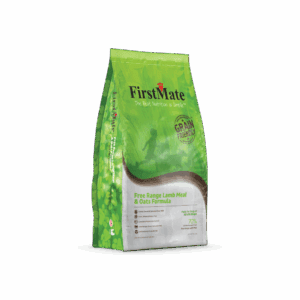
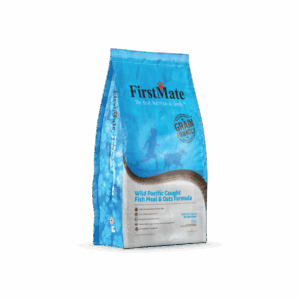
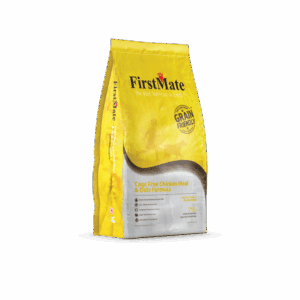

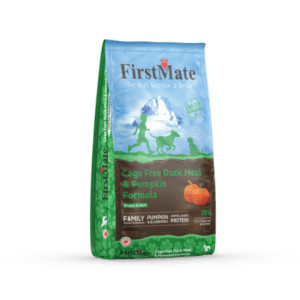

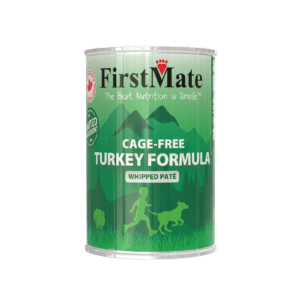


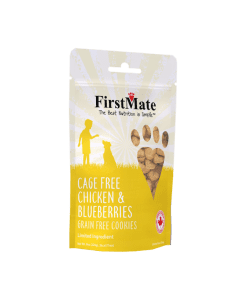

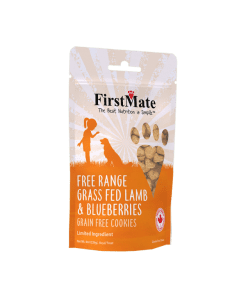
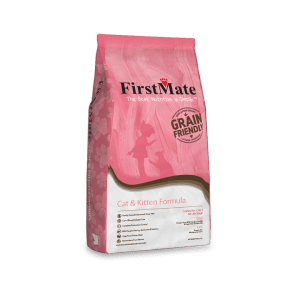
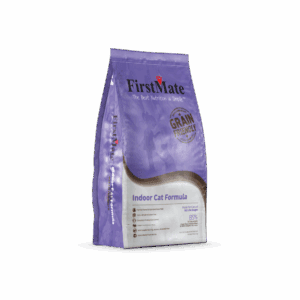

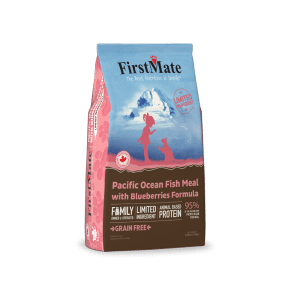
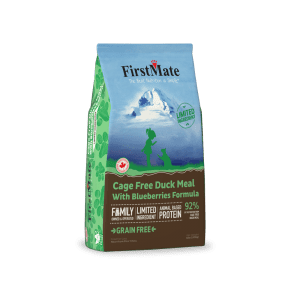
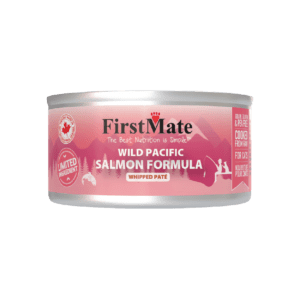
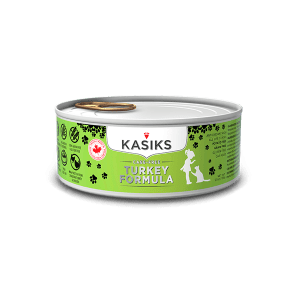



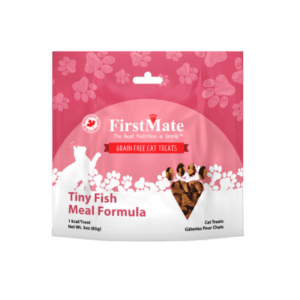
Want to join the discussion? Leave us a comment!